Childhood Anxiety Treatment: Helping Children Cope
Learning to Tolerate Worry
So now that you understand WHAT happens when we — kids and adults — worry, how do we counteract it? Or how do we, as Jen Ferrack, a mindfulness teacher who works with children once told my 6-year-old, “quiet the barking dog [the amygdala] so the wise old owl [the prefrontal cortex] can think”?
Well, as I learned from Lynn Lyons, LICSW: the first thing to do is change our mindset about managing worry. Most of us would prefer it just go away altogether — vanish and leave us free to live a life devoid of stress and anxiety.
But that’s simply impossible. So as Lyons explains, childhood anxiety treatment is not about eliminating worry, but rather about learning how to tolerate it.
Which leads us to the meat and potatoes, folks…
Strategies for Managing Childhood Anxiety
It’s important to know that even though we cannot cure our children of anxiety, we, as parents, are not powerless. There are lots of important things we can do to help our children who are suffering from anxiety. Here are a few:
Do not fall prey to The Elimination Paradox.
Most people try to avoid things they’re fearful of for the simple reason that evasion often appears to be safe and easy. But Lyons explains that “the more we try to get rid of a thought or symptom, the stronger it gets.” This is called “The Elimination Paradox.”
We think we’re helping our kids by helping them avoid the things they’re fearful of, but in doing so, we’re actually working to make their anxieties about those things even stronger. In other words, we can only overcome an anxiety about something if we face it.
For instance, say your child is afraid of dogs. You could easily go out of your way to help your child avoid being anywhere near dogs. You could stop going to the local farmer’s market because everyone brings their dogs; you could avoid the playground because there are always dogs there; you could tell other parents not to bring their dogs to soccer practice so your child can concentrate on the game; etc.
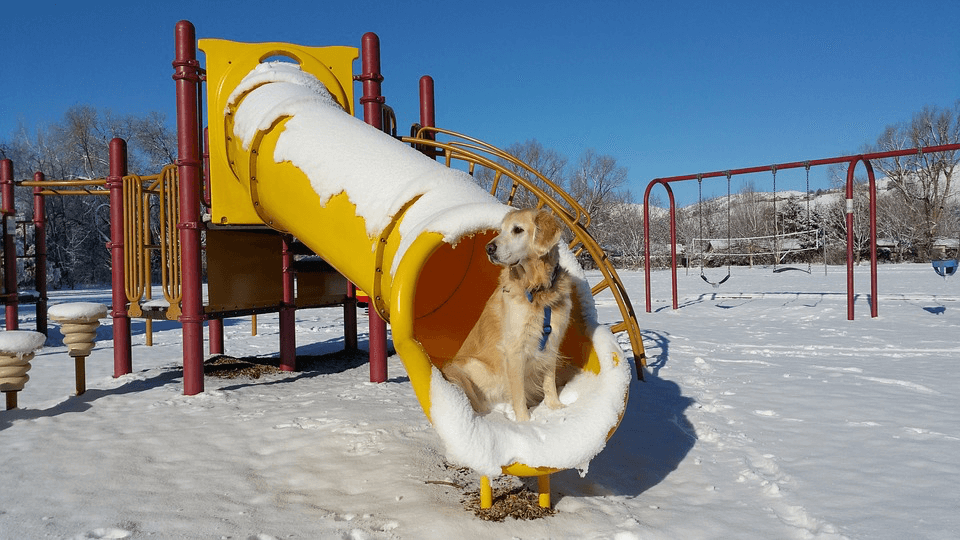
And you could very well think that you’re helping your child by doing these things (“now my kid doesn’t have to worry, or feel panicky that she may encounter a dog”). But in fact, you’d only be furthering your child’s fears. And you’d also limit your entire family’s life and experiences (think of all the places you can no longer go because there may be dogs there… remember, life is inherently unpredictable, and you cannot control where or when you will see dogs on an everyday basis).
Adopt an offensive mindset.
So if we aren’t supposed to help our kids avoid their worries, what should we do?
Go on the offensive! Lyons talks about helping kids learn to take an “offensive mindset” — or a “bring it on” stance — against the things that make them anxious.
When our kids are nervous to face something, our natural instinct is to help them calm down before they head into battle (so to speak).
Lyons urges not to do this. Rather, we should help our kids accept the fact that their amygdala will sound its siren (because it most certainly will). With that knowledge and acceptance, we can then help them bring it on — and shift their inner dialogue — to something like this: “At soccer practice today, Billy’s dad is bringing their dog. Yep. I’m going to feel anxious. But I’ve got this. So let’s go — let’s do this!”
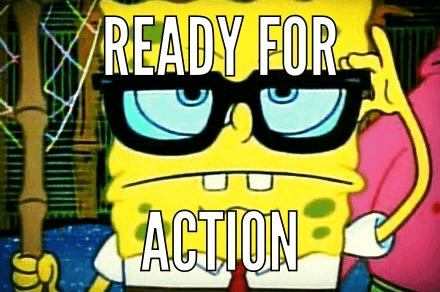
And here’s the good news: each time our children face the thing that causes anxiety (a dog, or whatever else) rather than avoid it, it begins to LOSE ITS POWER over them. So by adopting a “bring it on” stance, over time, the amygdala will fire less and less. Bonus: facing our anxieties also helps us become more self-assured and resilient and shows us that we actually can tolerate the things that make us fret. (Take that, dogs!)
With young children, Lyons tells parents they can turn this into a game: each time children face their fears and anxieties (i.e. take the offensive stance against their anxiety), they can earn rewards or prizes (whatever parents deem appropriate for their children).
Name anxiety… and talk to it.
Another of Lyons’s tactics teaches kids to literally pull their anxiety out from inside them. When Lyons suggests this she seriously mimes the physical motion of pretending to grab something from inside her body and pulling it up over her head in a diagonal motion (like pulling a sword from its sheath). Once the anxiety is “out” of her body, she advises to name it and actually talk to it (“Oh, hi, Joe… you’re here again”).
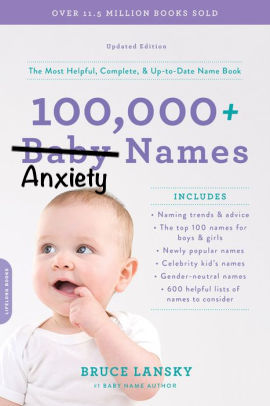
This is an extremely helpful tool because it allows kids to distance themselves from their anxiety. It shows them that they are not their anxiety, and that their anxiety does not control them.
Parents, we can do this, too. Naming your anxiety may seem silly, but it’s actually a very useful and popular technique among therapists because it helps to separate you from your anxiety — a process narrative therapists refer to as “externalization.” This gives you distance from your worries, and reminds you that you are NOT your anxiety.
You can even encourage your kids to yell at their anxiety (if they want to) — really boss it around. “Hey — get out of here, Joe! I don’t want you hanging around! Move it!” This helps kids learn that THEY are the boss of themselves, and not the other way around.
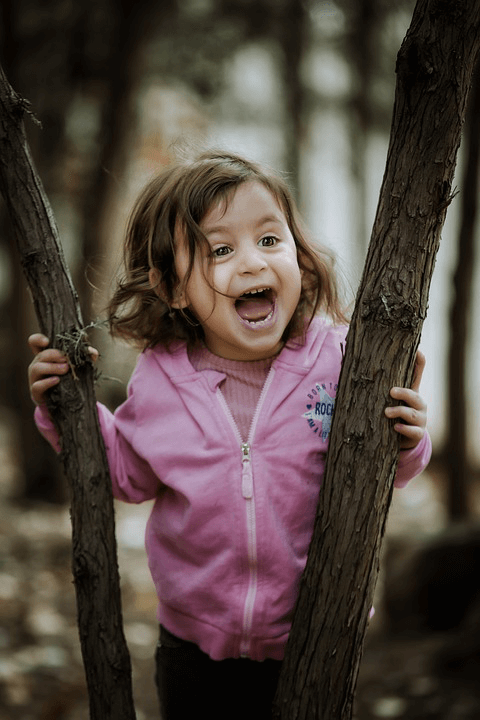
The takeaway here? It’s a little quirky, but research shows that naming your emotions gives you a sense of control over them (YOU are the boss; not Betty) and can even help diffuse a tense situation (in the middle of a true freakout, you get to shout, “BE QUIET, BETTY!”). So don’t discount this strategy on account of… feeling awkward about it at first.
Build a wall… of flexibility.
Many kids who struggle with anxiety (and frankly, even kids who don’t) have a difficult time with being flexible — keeping it together when there’s a shift in routine, or when their beloved red cup is in the dishwasher and they have to use the blue one instead. Disrupters such as these — small as they may seem to us adults — can cause serious meltdowns in children.
One way to help kids become more flexible and resilient is to create, what Lyons calls, a “Wall of Flexibility.”

How this works is that every time your child displays flexibility in a situation (i.e. accepting the blue cup when he really, really wanted the red one), the parent writes the success down on a sticky note, and puts it up on the designated wall. When your child has five notes up on the wall, he gets a prize. This can be anything parents deem acceptable, such as a little trinket, a trip to the ice cream shop, a fun one-on-one activity with a parent, etc.
Discuss life’s unexpected events.
At the end of each day, ask your child: “What’s something unexpected that happened today?” Lyons explains that this is a helpful exercise because it gets kids talking about the things that happened that they weren’t anticipating, and how they handled it. Again, this helps our kids build flexibility, adaptability and the confidence that even when things don’t go as planned, they can handle it.
Keep track of what you do when worry shows up.
While many people use “worry journals” — a place to write down all of one’s worries and fears — Lyons instead encourages children to keep track of what they do when worry shows up.
In other words, she doesn’t want kids to focus on their worries, but rather how they handle it when their worries appear. This approach is much more proactive, solution oriented and positive; it helps kids feel prepared for the next time they feel anxious.

A technique Lyons uses with school-aged kids is to have them write down three phrases their anxiety likes to say to them (“You are terrible at math”; “No one likes you”; “When you do your presentation in front of the class, everyone will laugh at you”). Then, she has children come up with three mantras to shout back at anxiety when those thoughts pop into their heads.
Play-based interventions may work best with smaller children who can’t yet write, or who don’t have the self-awareness or language to understand or describe their fears. Some ideas include having young kids draw their worries, and utilizing dolls or figurines to help them work through their anxieties. You may be surprised at what comes up during this kind of play: I learned my child was afraid of the dark when her baby Barbie asked the mommy Barbie for a night-light.
Lyons also tells parents they can help by role-playing with their kids. Parents get to take on the part of “worry,” while their kids get to tell them (or, rather, “worry”) to take a hike. While kids certainly get a kick out of being allowed to boss their parents around, the real point is to help empower them and remind them that they are in charge — not their anxiety.
Childhood Anxiety Treatment: What NOT To Do
Say “you’ll be fine.”
This is something we all do — it’s second nature to say to someone (child or adult) who is worrying, “you’ll be fine”, or “it’ll be fine.” And it comes from a good place.
It makes sense, after all; we want to help them feel better fast. But this sentiment actually isn’t very helpful. It might send a message to the person worrying that it isn’t OK to feel how they’re feeling, and perhaps even that you’re uncomfortable with the fact that they are anxious.
When children are feeling anxious, they don’t need to hear from their parents that they will “be fine,” but rather that even though things are tough right now, they can handle it.
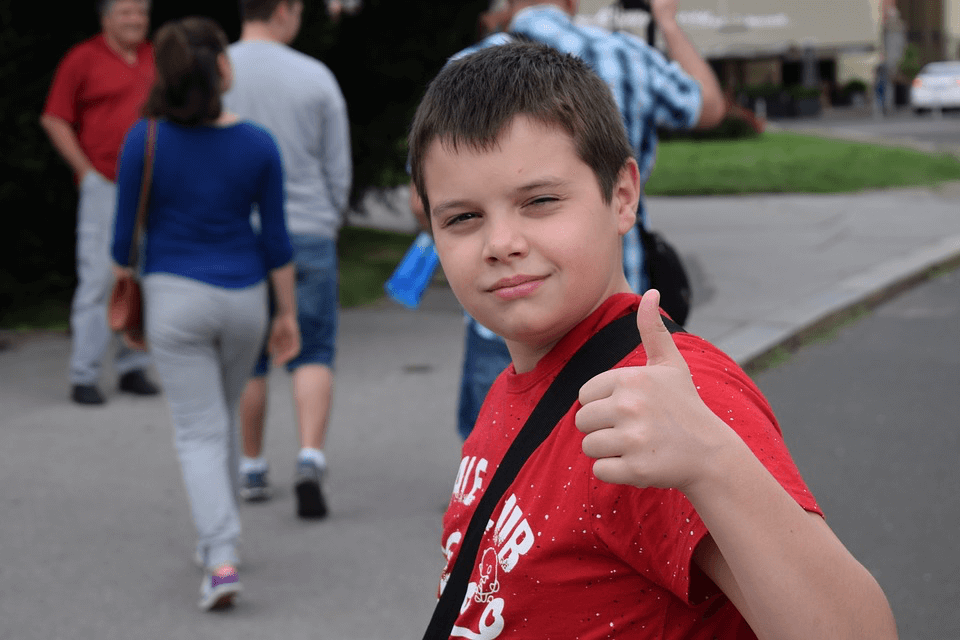
What we can do is remind our children of all the times and ways they’ve handled these types of anxiety-provoking situations before. Discuss the tools and skills they’ve learned that help them manage their worry when it shows up. This helps kids develop their own sense of internal reassurance, rather than having to rely on their parents to feel calm and confident.
This will go a loooong way in helping your kids manage their anxiety as they grow older.
Track your kids.
I’m guilty of this one. I recently purchased a watch with a tracking device for my oldest daughter. I told her, “it’s not you I’m worried about, it’s the rest of the people out there.”
After I listened to Lynn’s talk, I immediately regretted the purchase and the alarming language I used when I told my daughter she had to wear it.
Lynn says, “stop tracking kids on cellphones and other tracking devices! This gives the message that the world is a dangerous place.”
Well — oops.
There’s a difference between teaching your kids how to problem-solve and be vigilant and safe, and making them feel like every human on the planet is out to get them and if they’re not careful they’ll be snatched by someone in broad daylight. (My bad.)
Say “this is just who you are.”
When I was little, my mom used to tell me: “you’re just a worrier, sweetheart. Try to relax and go with the flow.” Yes — anxiety is definitely a component of my genetic makeup, but I grew up believing that this was who I was, and there was no way to fix it. And going with the flow? Yeah, well without any real understanding or tools on how to go with this so-called “flow,” I had no idea how to prevent my worry train from constantly chugging along. I was just destined to feel anxious and to fail at trying to manage it.
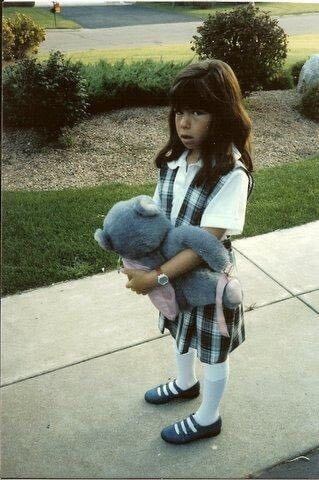
Lyons explains that when we tell kids “this is just who you are,” it sends the message that there’s no solution or way out. During her presentation, she explained that over the years, many of her teen clients have told her that they’d learned that their anxiety and depression were due to chemical imbalances in the brain, and so they’d be stuck with them for the rest of their lives. “This is the exact opposite of what helps people get better,” she says, “and not only that, but it’s dangerous and wildly inaccurate.”
Instead, parents can help by emphasizing to their children that things can change, nothing is permanent, and each situation is different. This is called adopting a “positive expectancy,” which, according to Lyons, is the “belief that things will change.”
Practice catastrophic parenting.
According to Lyons, it’s okay to give your kids safety warnings, such as not to climb the tree because the branches aren’t strong enough. But when parents back up these warnings by all the awful, scary, dire things that will happen if their kids don’t listen to them (“you’ll crack your head open!” “You’ll wind up in the hospital!” “You’ll break your neck!”), it’s called Catastrophic Parenting.
Catastrophic Parenting can definitely instill worry and anxiety in our kiddos, who, like us anxious parents (again, raising hand here!), will begin to view catastrophic and dangerous situations everywhere.
Main Takeaways For Helping Kids Tolerate Anxiety:
- Remind them that worry and anxiety may be a part of them, but they don’t define them — they are so much more than their anxiety.
- Have kids name their worry. Encourage them to yell at it and show it who’s boss!
- Practice what they’ll do — how they’ll respond — when worry shows up.
- Don’t help your kids avoid the things that make them anxious. Avoidance makes worry grow bigger.
- Remind your kids to “lean in” to worry — face worry, knowing that it will cause distress initially, but that over time, it will lose it’s power over them.
- Remember that your kids are always watching and listening — be careful about the language you use that teaches kids that the world is a scary and dangerous place (turn off the news!! They don’t need to hear about the very worst of everything that’s happening out there).
- Give your kids the message that they CAN handle things; they are RESILIENT; teach them how to be flexible.
- Help your kids understand that worry wants to control everything and know what’s coming next… but this is impossible because life is unpredictable. We all must learn to tolerate the discomfort that comes from the fact that we can’t control everything and we can’t always know what’s going to happen next.
Final Thoughts
Thanks for sticking with us through our series on Childhood Anxiety, parents. We know that none of this is easy; in fact, we’re right there with you in the trenches. But we can all breathe a bit easier knowing that with the right tools, understanding and support, we can help our children learn to manage and better tolerate anxiety, thus creating a healthier, happier, more fulfilling life for them and the whole family.
How has anxiety affected your family? Please share your story in the comments, and let us know what has worked for you and your children.